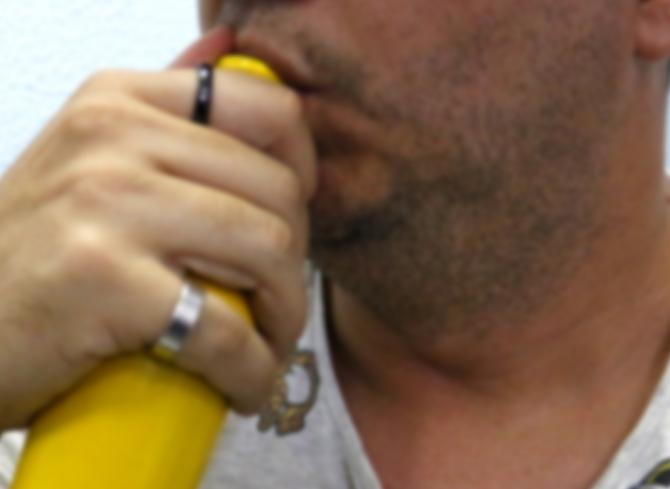What is Chloroform and what does it cause?
Chloroform is a drug popularly known as “loló” and “cheirinho” or trichloromethane. It is a colorless and volatile liquid that produces an anesthetic effect.
Used as an anesthetic in surgeries and childbirth, it was suspended due to evidence that this drug could cause sudden death due to circulatory depression.
Discovered in 1831, it replaced alcohol, as its effects caused euphoria and disinhibition. It is used illegally by street children and primary and secondary school students, due to its rapid evaporation and easier inhalation.
See what happens with inhalation, ingestion and direct contact with Chloroform
Inhaling chloroform causes: excitement, euphoria, impulsiveness, aggressiveness, confusion, disorientation, blurred vision, loss of self-control, hallucination, drowsiness, unconsciousness and even convulsions (resulting from intoxication).
Ingestion can cause burning in the mouth and throat, chest pain and vomiting, and in excess it can be lethal.
Direct contact causes irritation to the skin, eyes and respiratory tract. The main consequences are: problems with the kidneys, cardiovascular system, and liver. It can cause cancer depending on the amount and duration of exposure to it.

